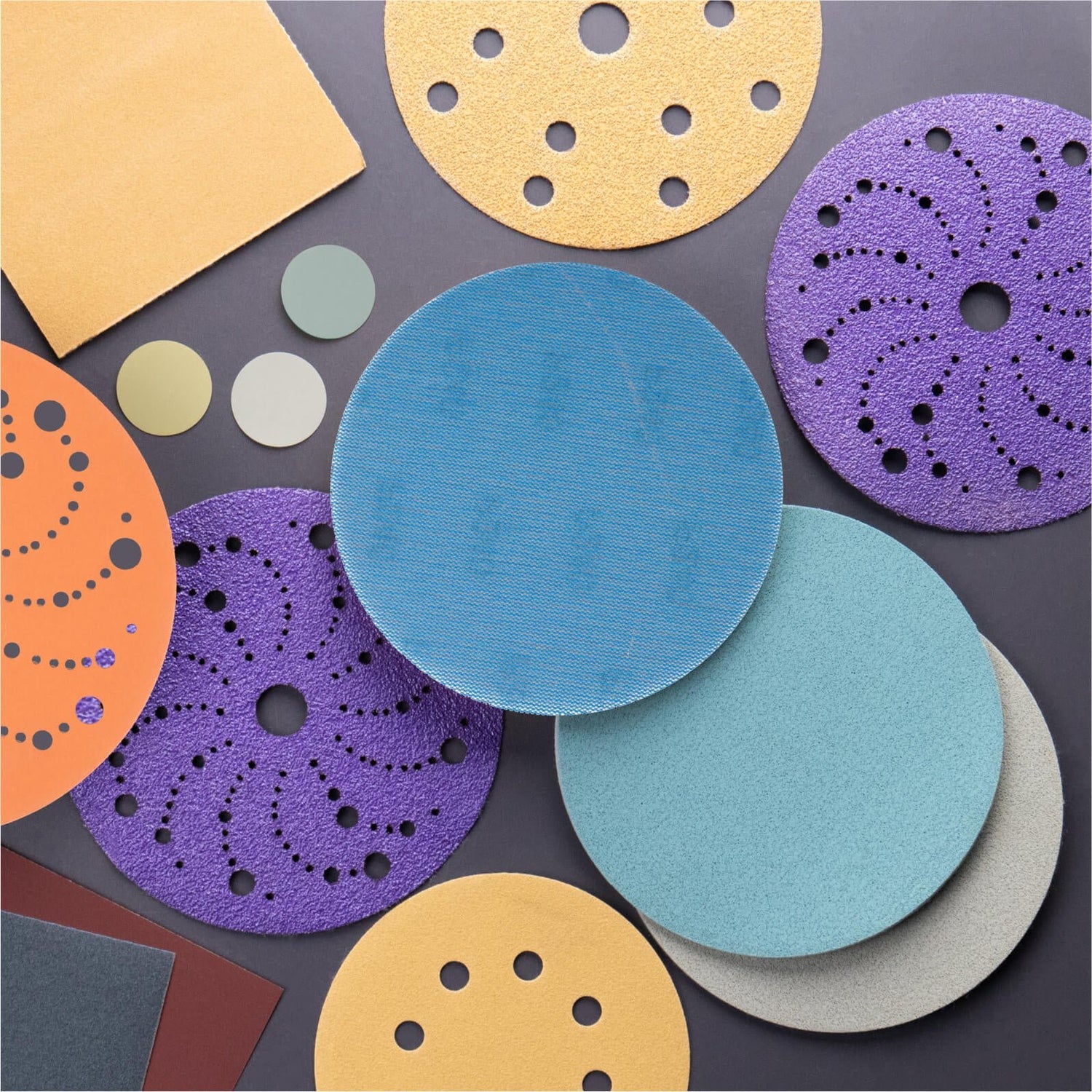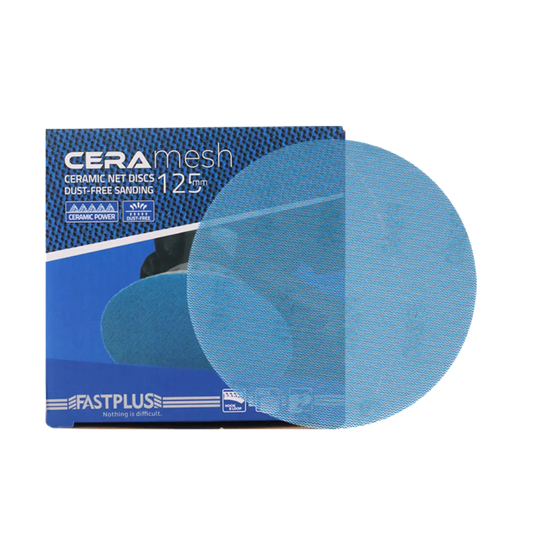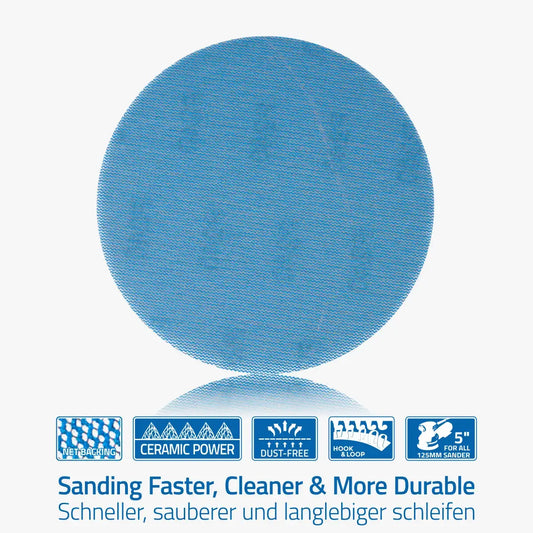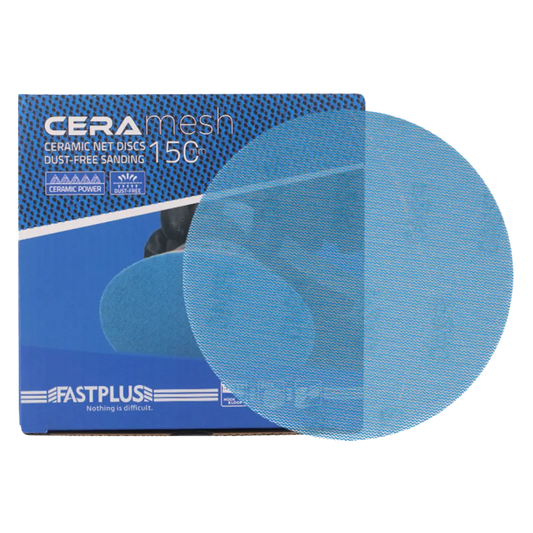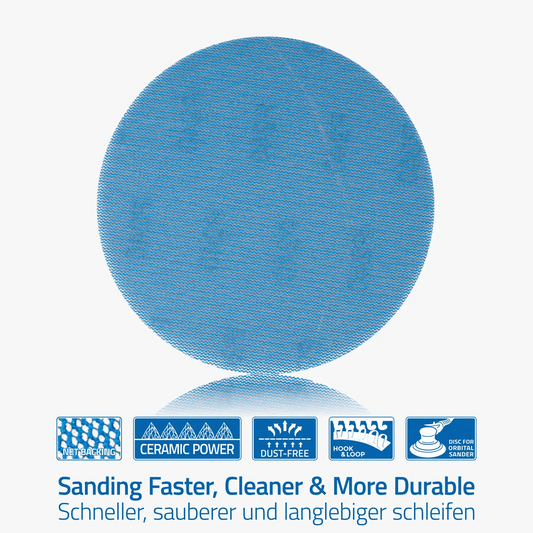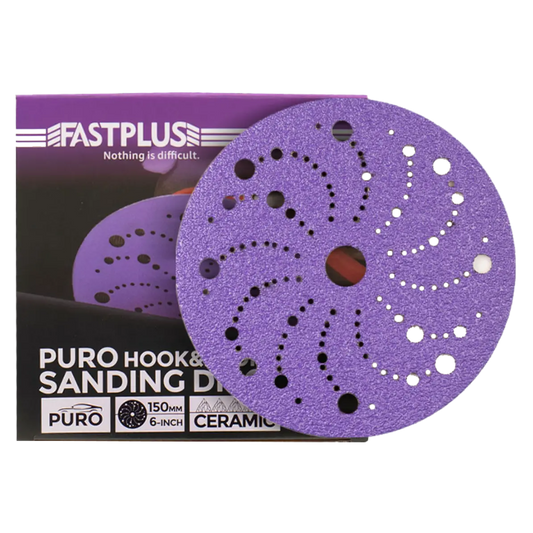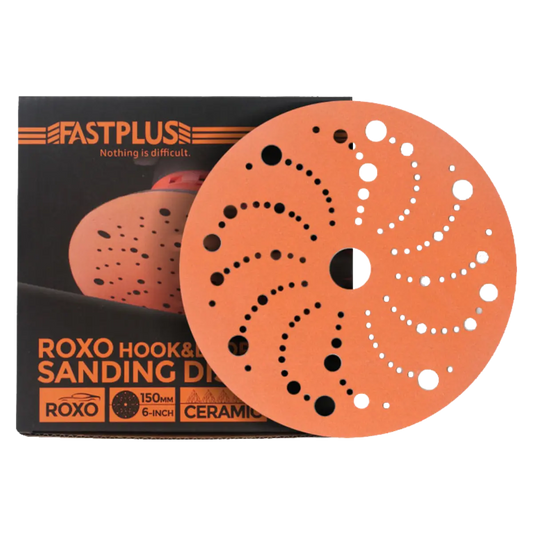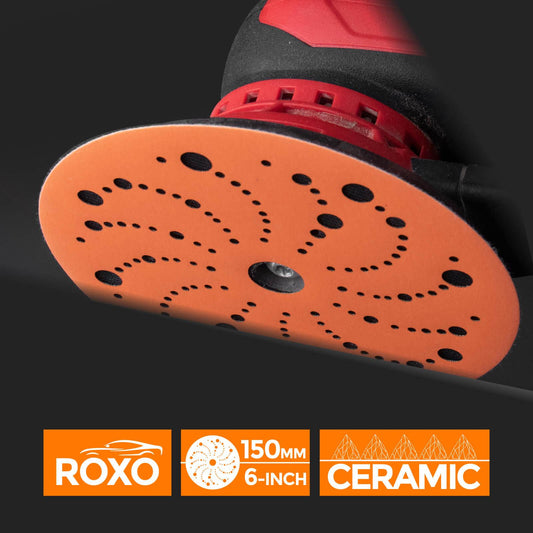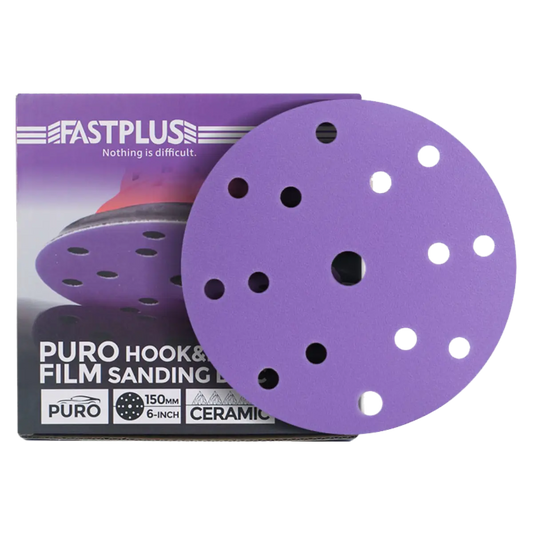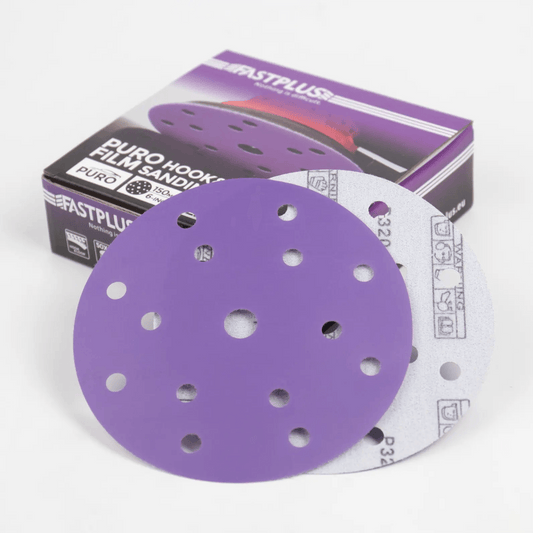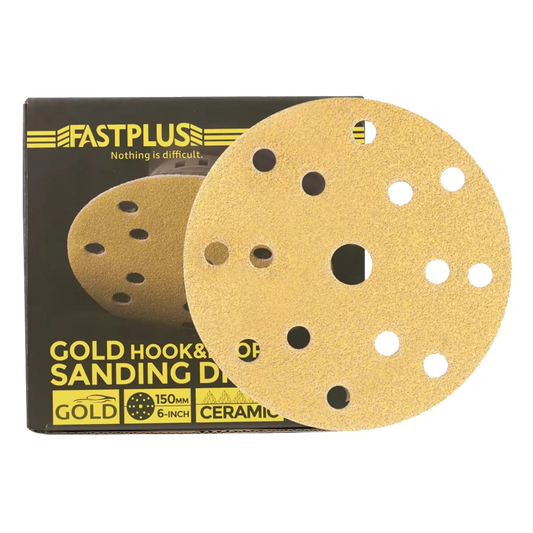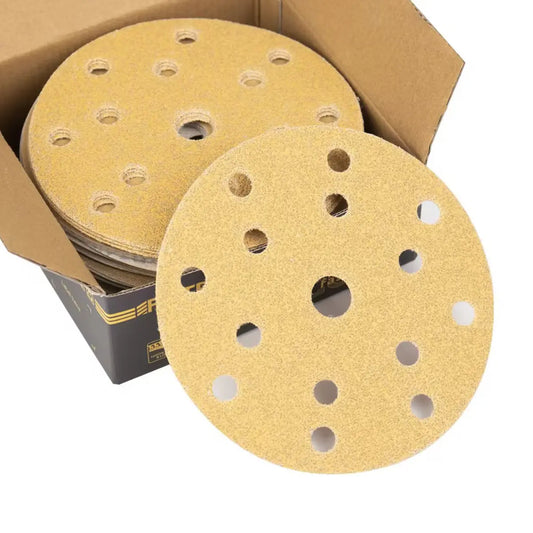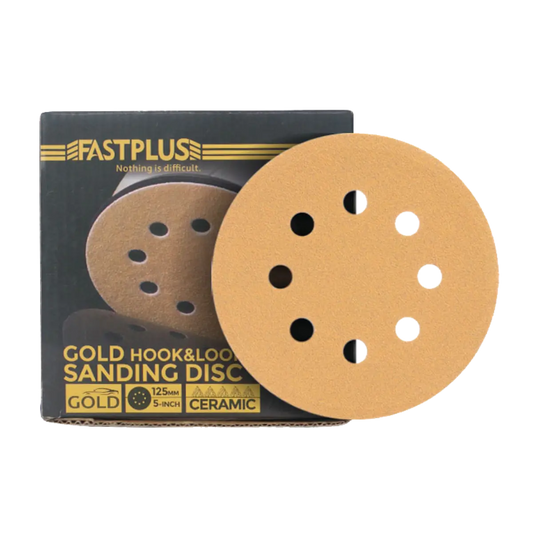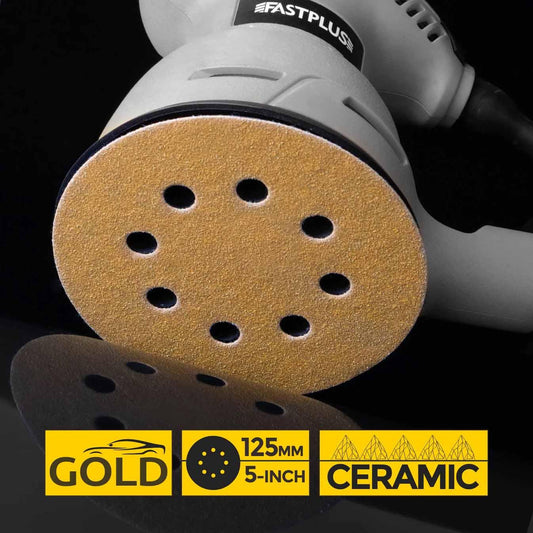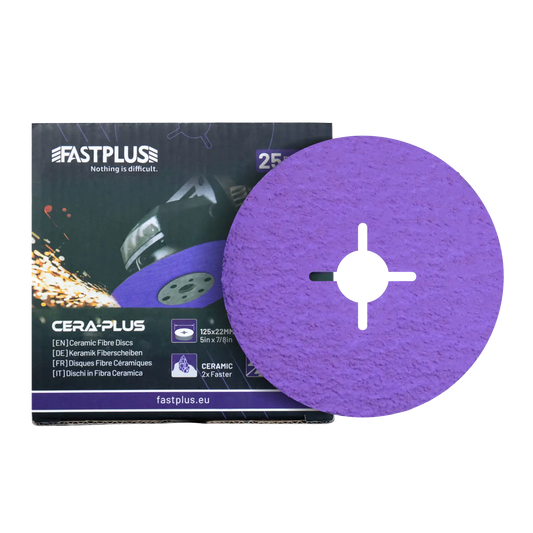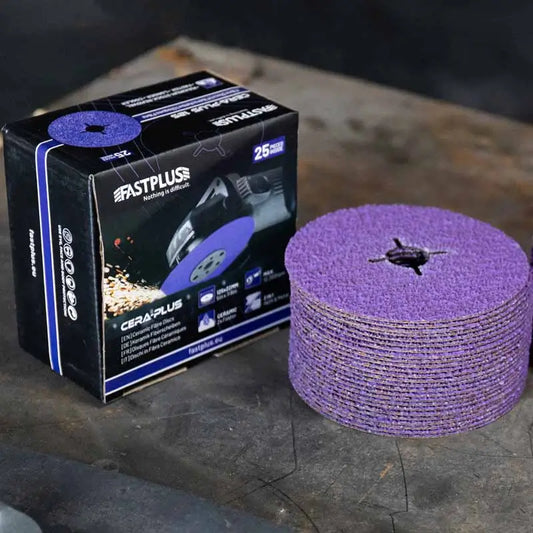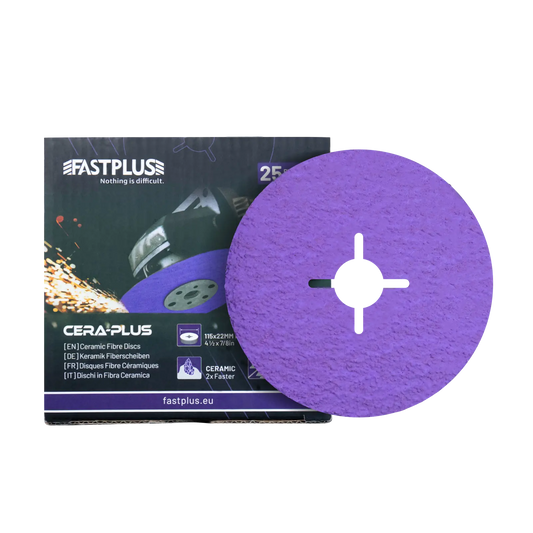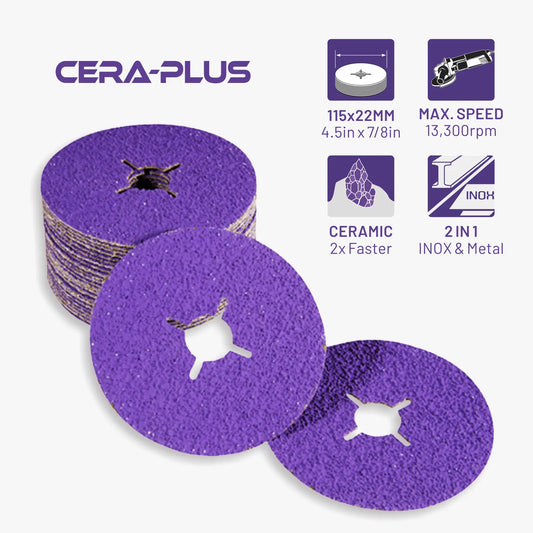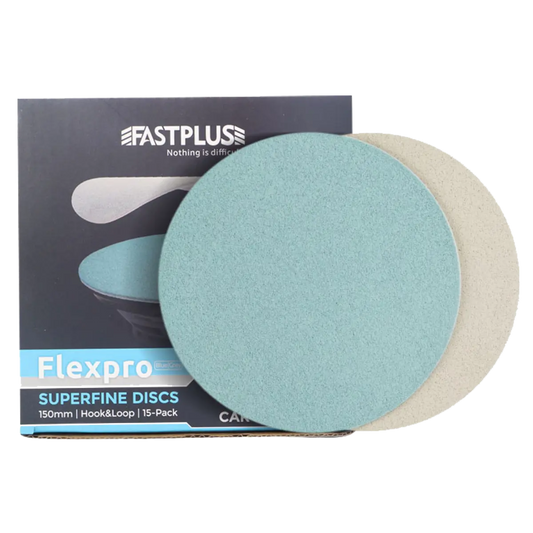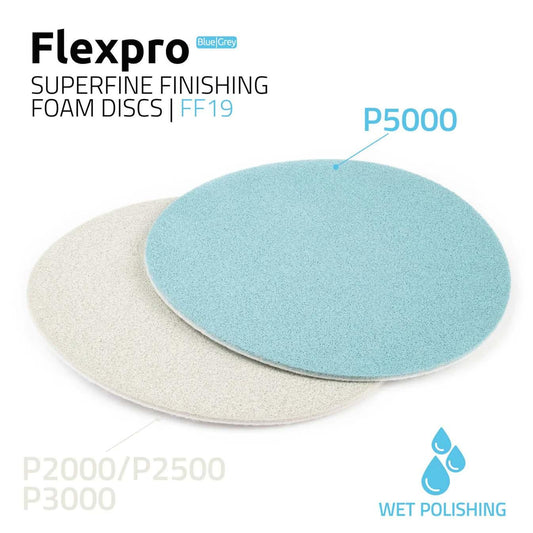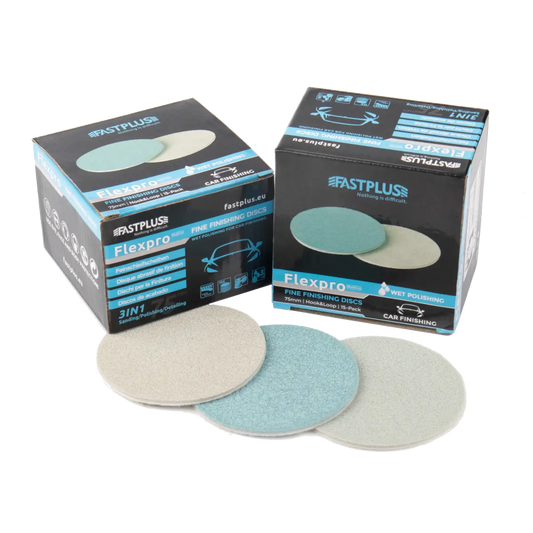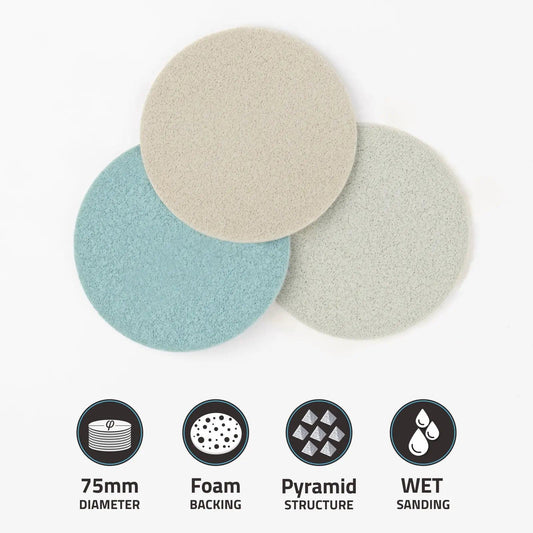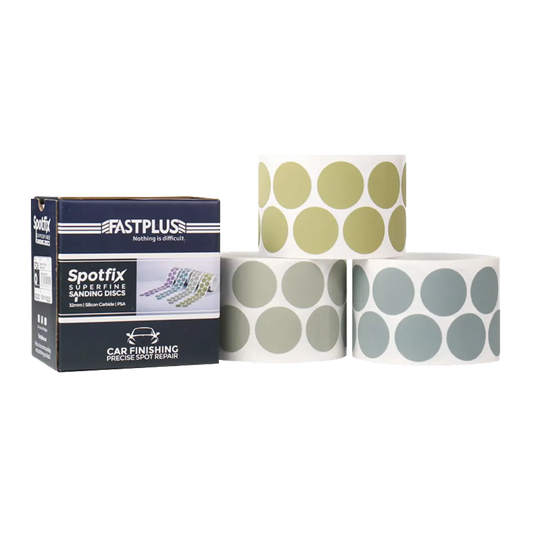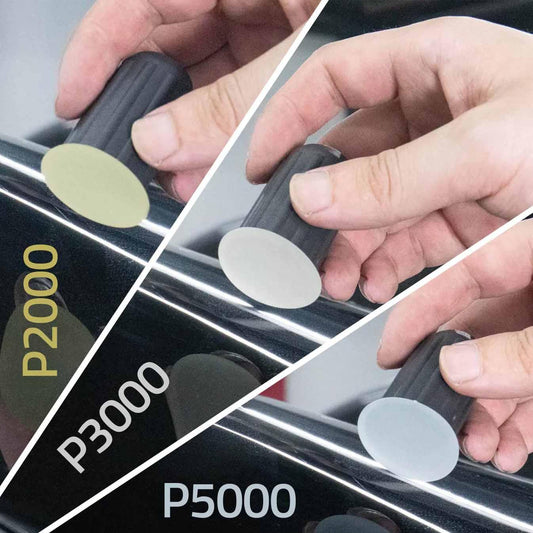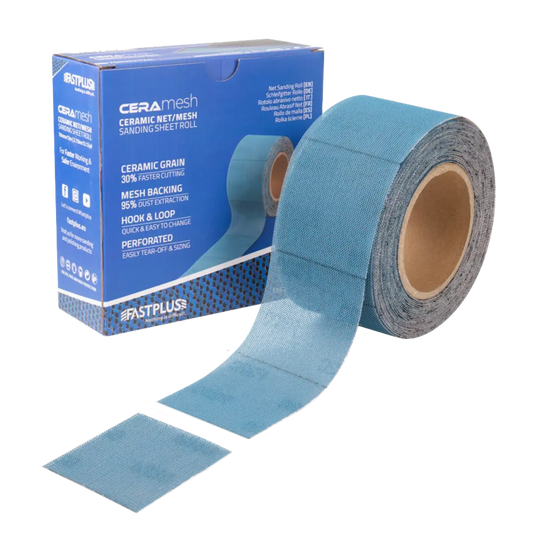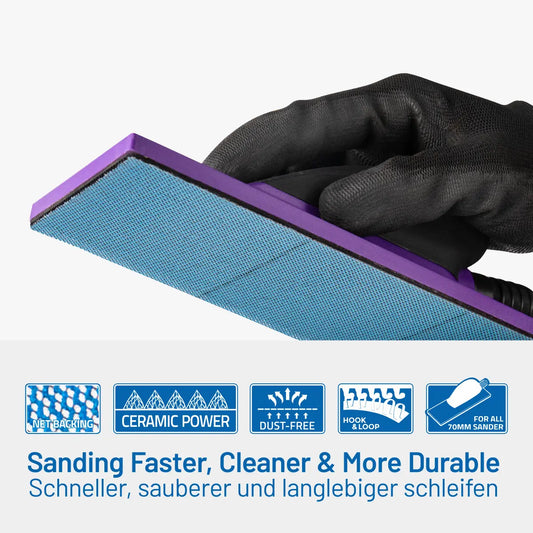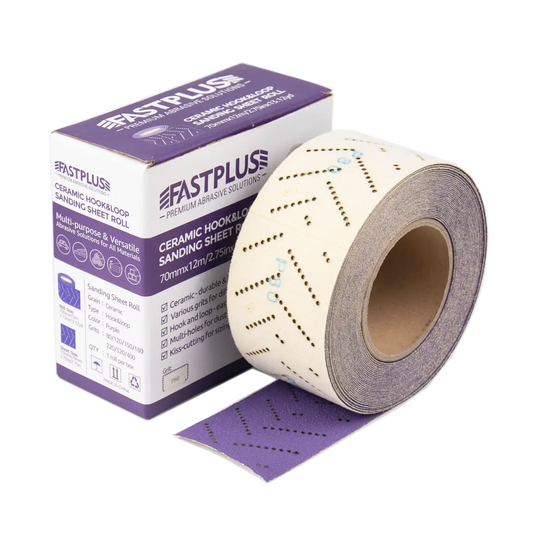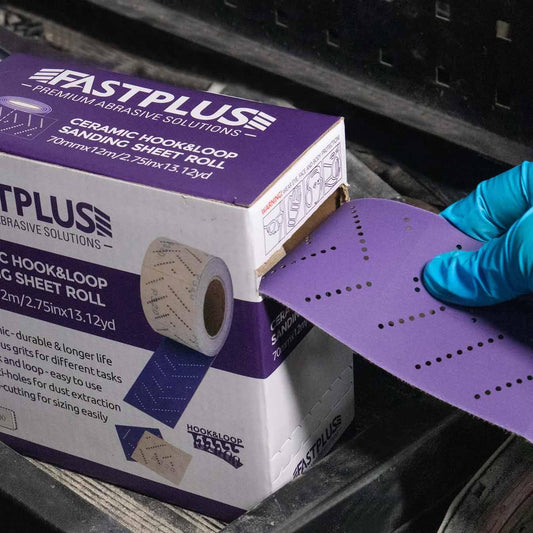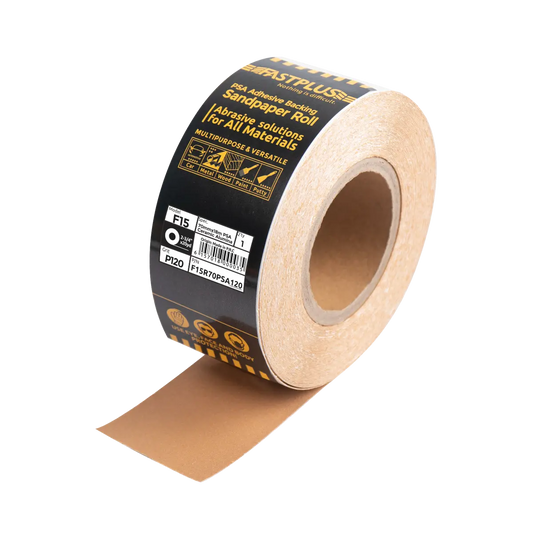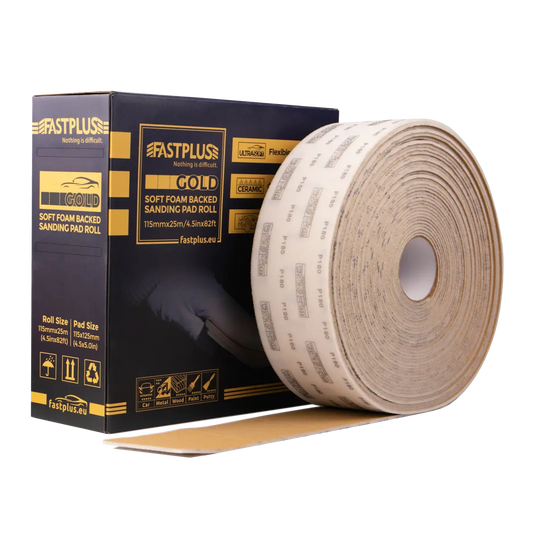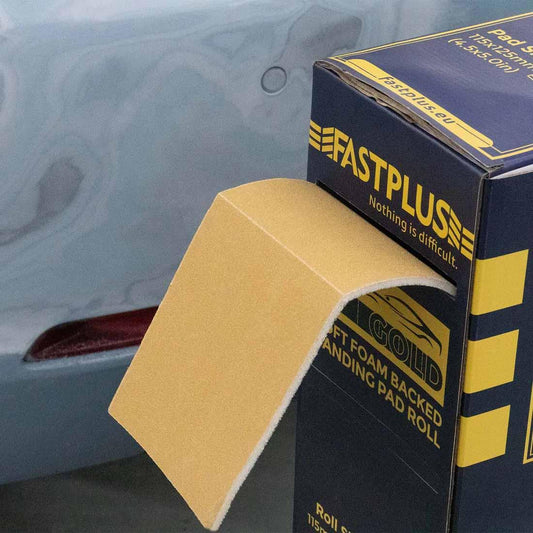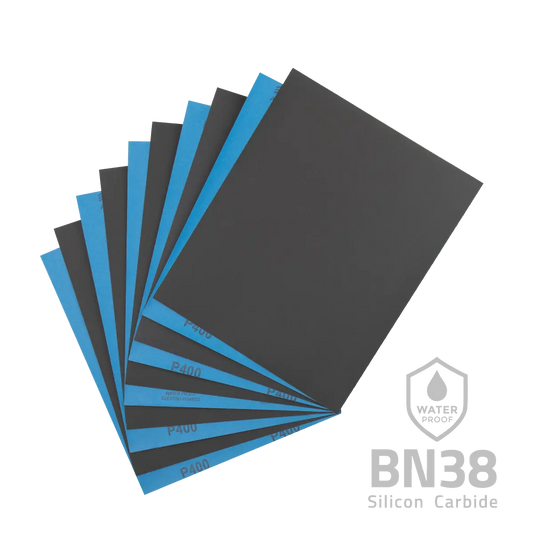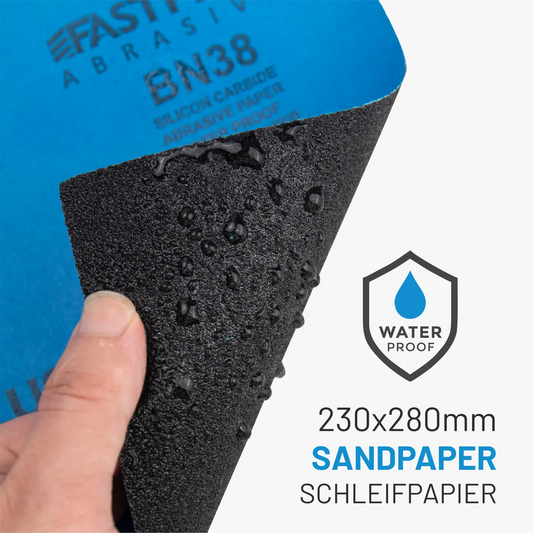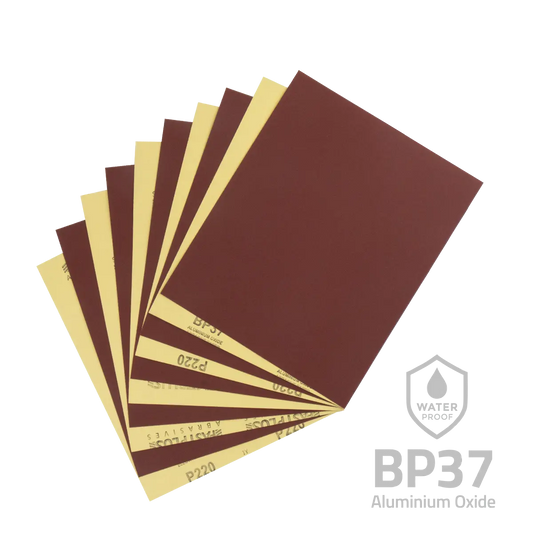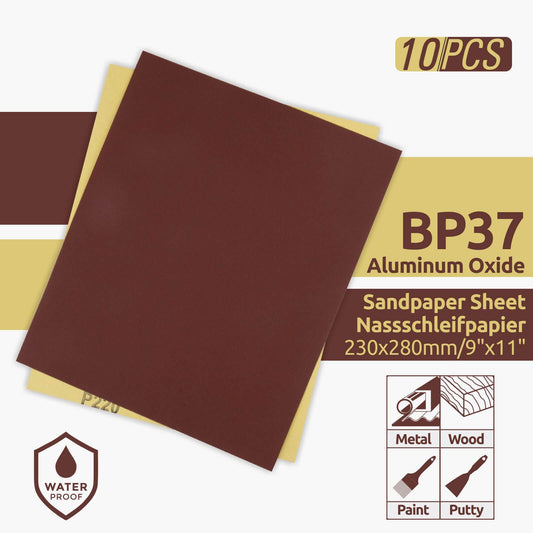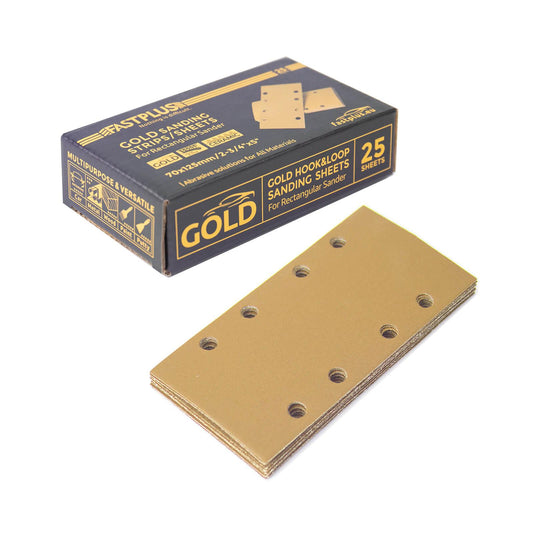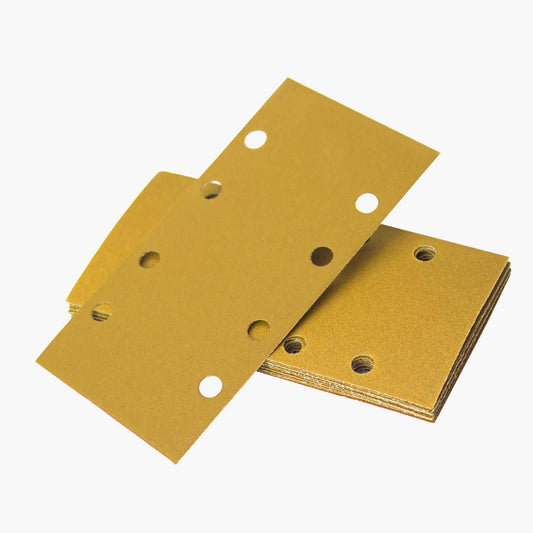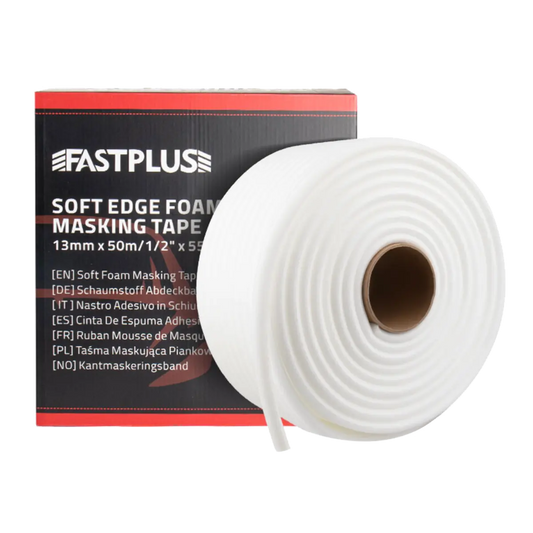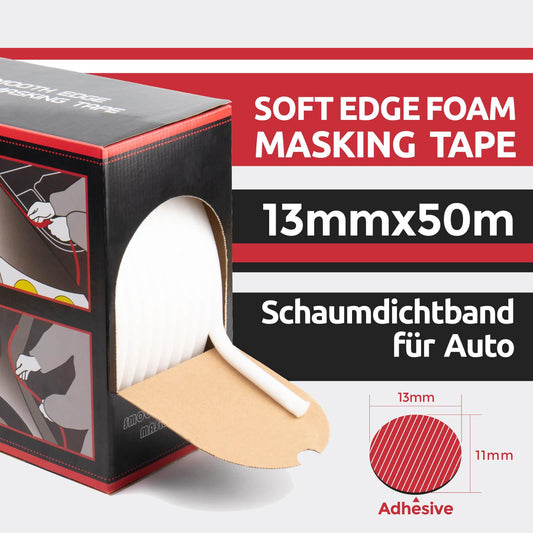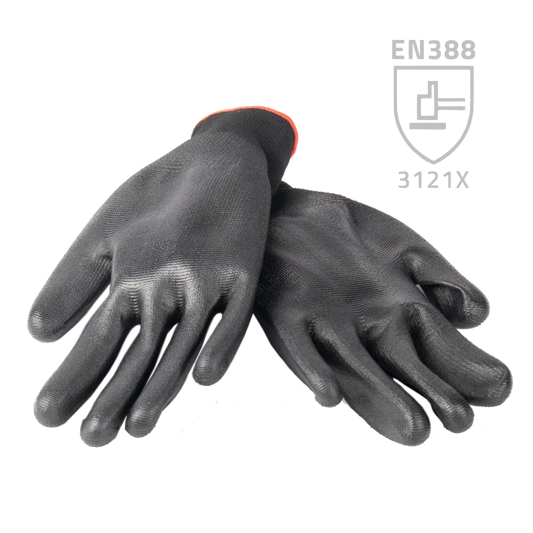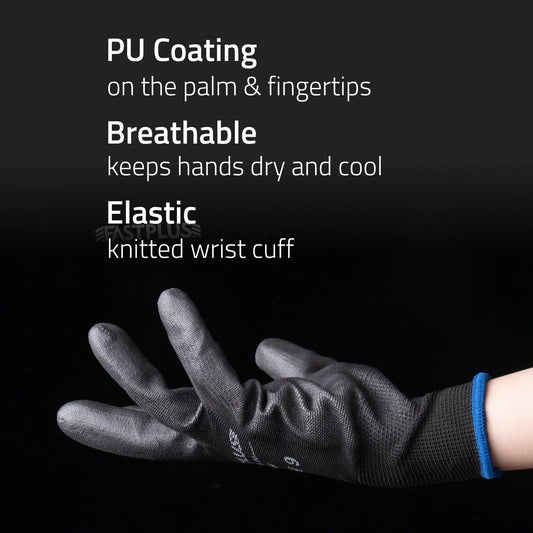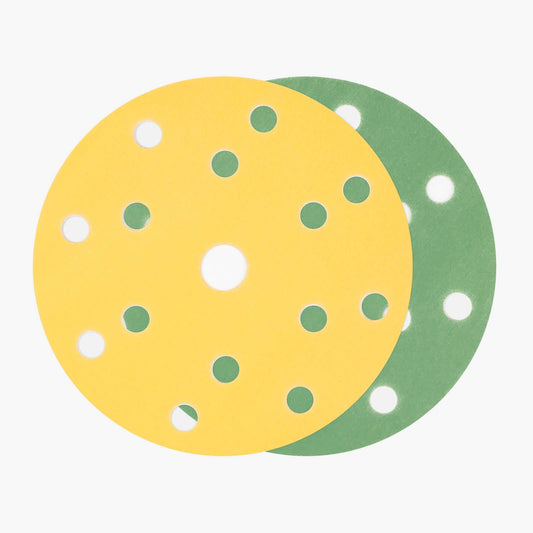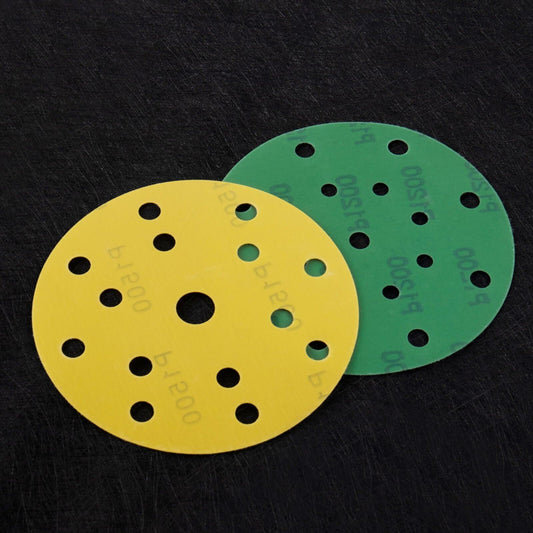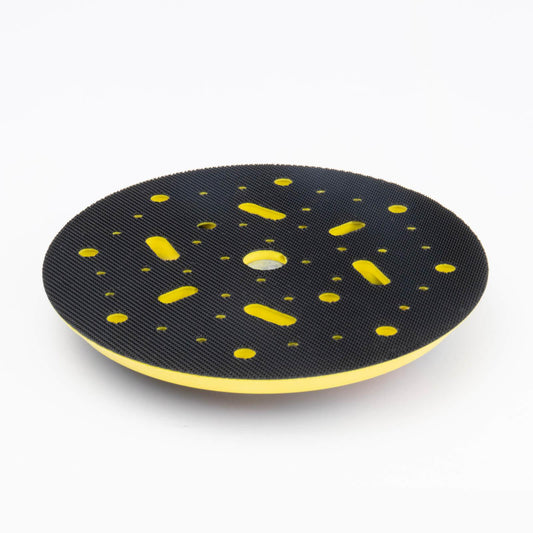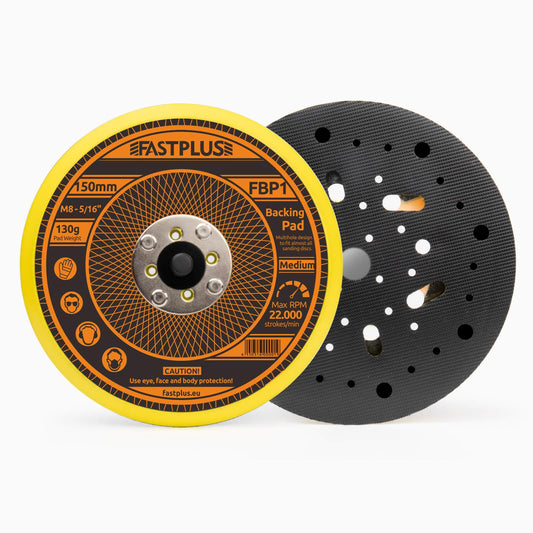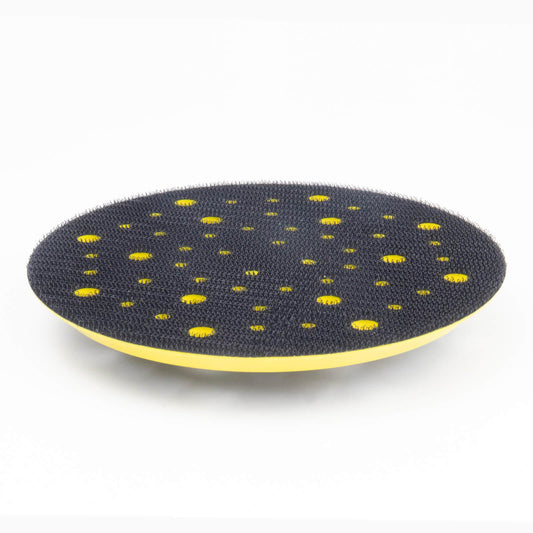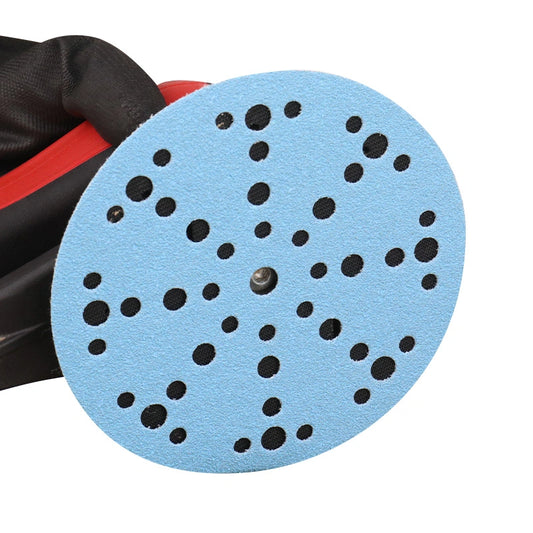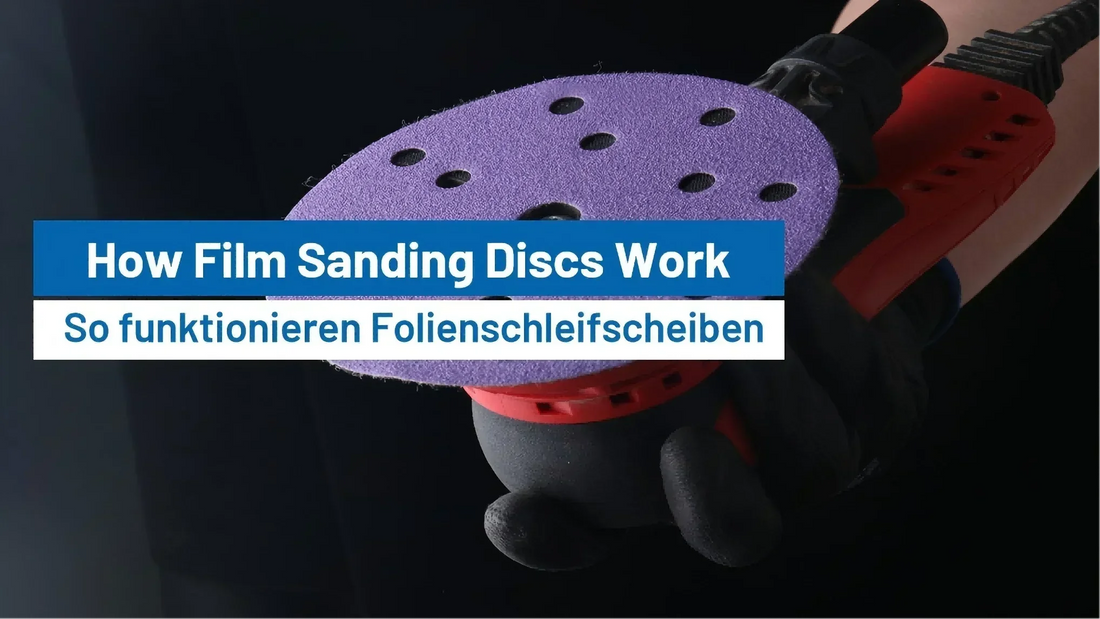
How Does a Film Sanding Disc Work?
When it comes to surface preparation and fine finishing, choosing the right abrasive can make all the difference. Among the many types of sanding products available, film sanding discs have gained increasing popularity for their durability, flexibility, and exceptional surface finish. But what exactly is a film sanding disc, and how does it work?
In this article, we’ll explore the construction, function, applications, and benefits of film sanding discs—and why they’ve become a go-to choice for professionals in woodworking, automotive, metalworking, and beyond.
What Is a Film Sanding Disc?
A film sanding disc is an abrasive product made with a polyester film backing, rather than traditional paper or cloth. This backing is thin, uniform, and extremely durable. Film discs are typically coated with abrasive minerals like aluminum oxide, ceramic, or silicon carbide, which are bonded to the film with strong adhesives.

The result is a disc that offers:
- Excellent edge wear resistance
- Uniform grain distribution
- Consistent finish quality
- Waterproof properties for wet sanding
These discs usually come in hook and loop (Velcro) or PSA (pressure-sensitive adhesive) forms, depending on the backing and application.
How Does It Work?
The working mechanism of a film sanding disc is relatively simple but highly efficient. Here's how it functions in a typical sanding or polishing process:
1. Attachment to a Sanding Tool
Film discs are mounted to orbital sanders, rotary polishers, or DA (dual action) sanders. Depending on the setup, the backing may have a hook-and-loop interface or adhesive for easy installation and removal.
2. Abrasive Action
When powered on, the sander rotates or oscillates the film disc across the work surface. The abrasive grains embedded in the film cut into the material, removing imperfections, old coatings, or smoothing the substrate. The movement can be:
- Rotational for aggressive material removal
- Orbital for fine, swirl-free finishes
3. Consistent Pressure Distribution
Thanks to the film's uniform thickness and strength, the disc maintains a flat profile even under pressure. This leads to even contact with the surface, resulting in consistent sanding across the entire workpiece.
4. Clog-Resistant Surface
Film sanding discs are often coated with anti-loading stearate or open coat structures that prevent the disc from clogging with dust or debris. This helps maintain cutting performance longer and reduces downtime.
Advantages of Film Sanding Discs
So why choose a film sanding disc over traditional paper or cloth-backed discs? Here are some key advantages:
1. Durability
The polyester film backing is highly tear-resistant and holds up even during aggressive sanding, which translates to longer disc life and fewer disc changes.
 2. Smooth, Uniform Finish
2. Smooth, Uniform Finish
The flatness and consistent grain distribution on the film backing ensure that you get a smooth, scratch-free finish—ideal for fine woodworking, paint prep, and finishing.
3. Waterproof and Versatile
Film discs can be used in wet or dry applications. Wet sanding helps reduce heat, control dust, and achieve ultra-fine finishes on automotive and metal surfaces.
4. Clog-Resistance
Anti-loading coatings keep the abrasive surface cleaner, especially when sanding soft materials like wood, fillers, or paint.
5. Edge Stability
Unlike paper-backed discs that fray or tear easily at the edges, film discs maintain their integrity, making them great for corner work or contoured surfaces.
Applications of Film Sanding Discs
Film sanding discs are used across many industries due to their versatility and performance. Here are some common applications:
1. Automotive Refinishing

Used for sanding primers, clear coats, and blending panels. The uniform scratch pattern makes them ideal for surface prep before painting or polishing.
2. Woodworking and Furniture
Film discs are excellent for sanding hardwoods, veneers, and finishes without gouging or leaving swirl marks. Great for cabinetry and fine furniture.
3. Metal Fabrication
Used for surface prep, deburring, or finishing stainless steel, aluminum, and other alloys.
4. Plastic and Composites
Ideal for trimming and finishing thermoplastics, carbon fiber panels, or fiberglass, especially in marine and aerospace industries.
5. Floor Sanding and Drywall
Film discs offer consistent results in large area sanding for floor refinishing and drywall smoothing.
How to Choose the Right Film Sanding Disc
Choosing the right film sanding disc depends on several factors:
1. Grit Size
- Coarse grits (P60–P120) for material removal
- Medium grits (P150–P320) for surface prep
- Fine grits (P400–P1500+) for finishing and polishing
2. Abrasive Material
- Aluminum oxide: General-purpose, good for wood and metal
- Silicon carbide: Sharper cut, ideal for wet sanding, paint, and plastic
- Ceramic: Long-lasting, high-performance for tough materials
3. Backing and Attachment
- Hook and Loop: Fast and easy to change
- PSA (Sticky): Firm grip for precision work
4. Disc Size and Hole Pattern
Choose based on your sander’s size (5", 6", etc.) and vacuum system compatibility. Hole patterns help with dust extraction, prolonging disc life.
Tips for Best Results
To get the most out of your film sanding disc:
- Use the right grit for each stage of sanding
- Avoid too much pressure, let the abrasive do the work
- Keep the disc clean, especially when dry sanding
- Match the disc to your sander’s speed and motion
- Store discs flat and in a dry place to prevent warping
Film Sanding Discs vs. Other Types
Here’s how film sanding discs compare to other common abrasives:
| Feature | Film Sanding Disc | Paper Disc | Cloth Disc |
|---|---|---|---|
| Backing Strength | Excellent | Moderate | High |
| Finish Quality | Very Smooth | Moderate to Good | Good |
| Tear Resistance | High | Low | High |
| Waterproof | Yes | No | Sometimes |
| Best For | Fine finishing | General sanding | Heavy grinding |
| Price Range | Moderate to High | Low to Moderate | High |
Why Professionals Prefer Film Sanding Discs
Professionals choose film sanding discs because they offer longer life, better consistency, and cleaner finishes. Whether you're restoring a car, finishing cabinetry, or prepping metal, the performance gains often outweigh the slightly higher upfront cost.
In industries where every detail counts, like automotive paint shops or luxury furniture production, the consistent finish quality provided by film sanding discs ensures fewer reworks and better end results.
Shop Film Sanding Discs at FastPlus
At FastPlus, we stock a wide range of high-quality film sanding discs suitable for any task—from coarse shaping to ultra-fine finishing. Available in various grit sizes, abrasive types, and hole configurations, our film discs are compatible with leading brands of orbital and DA sanders.

Whether you’re a contractor, furniture maker, or auto detailer, our film sanding discs are engineered for performance and priced for value.
Explore our collection today and see the difference a film-backed abrasive can make!
Conclusion
Film sanding discs represent the next level in sanding technology. Their unique construction delivers uniformity, durability, and a premium finish, making them ideal for a wide range of applications. By understanding how these discs work and choosing the right one for your needs, you can improve productivity and achieve superior results.
Ready to upgrade your sanding game? Try film sanding discs today and experience smoother, faster, and more reliable finishing.
